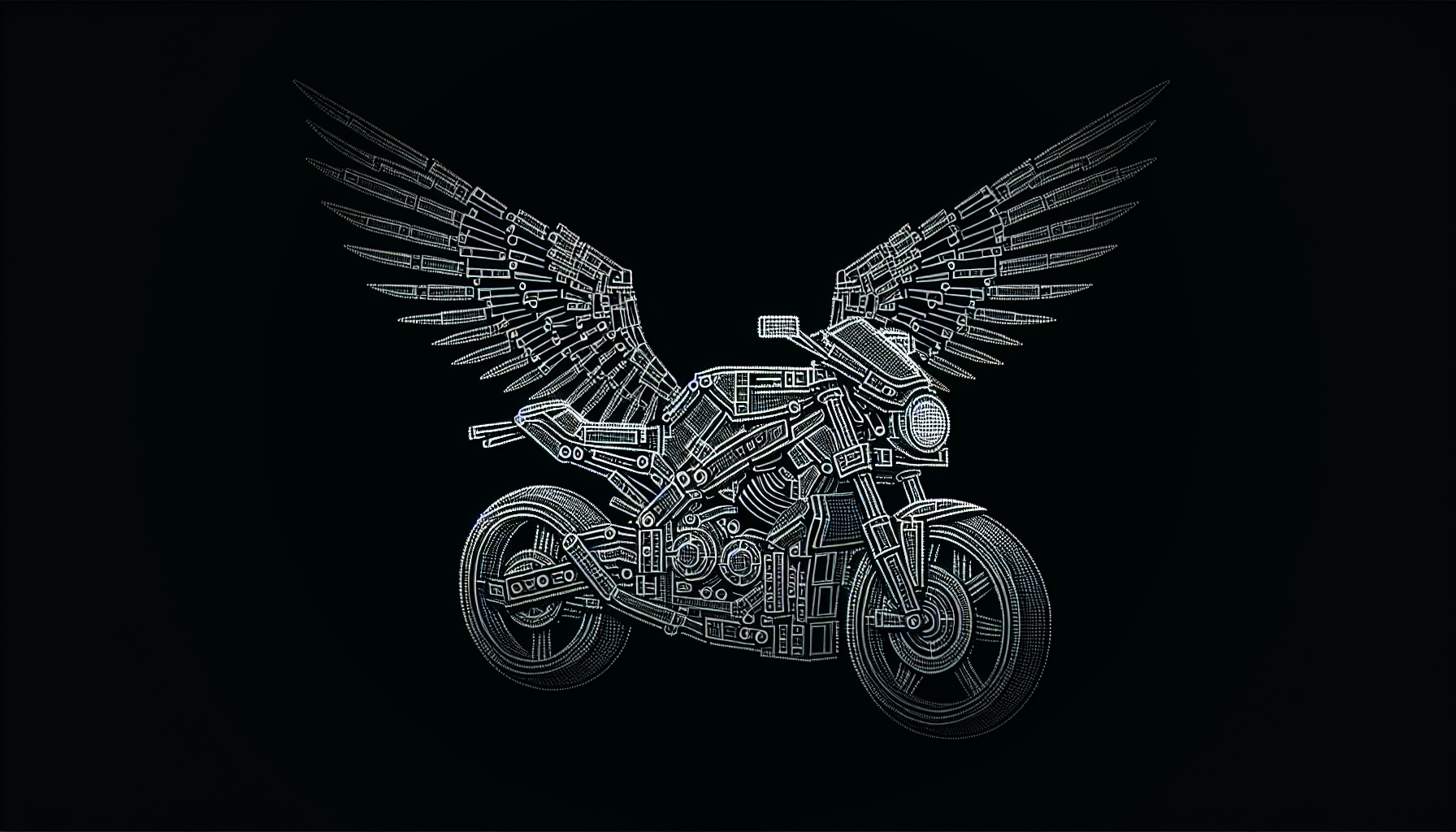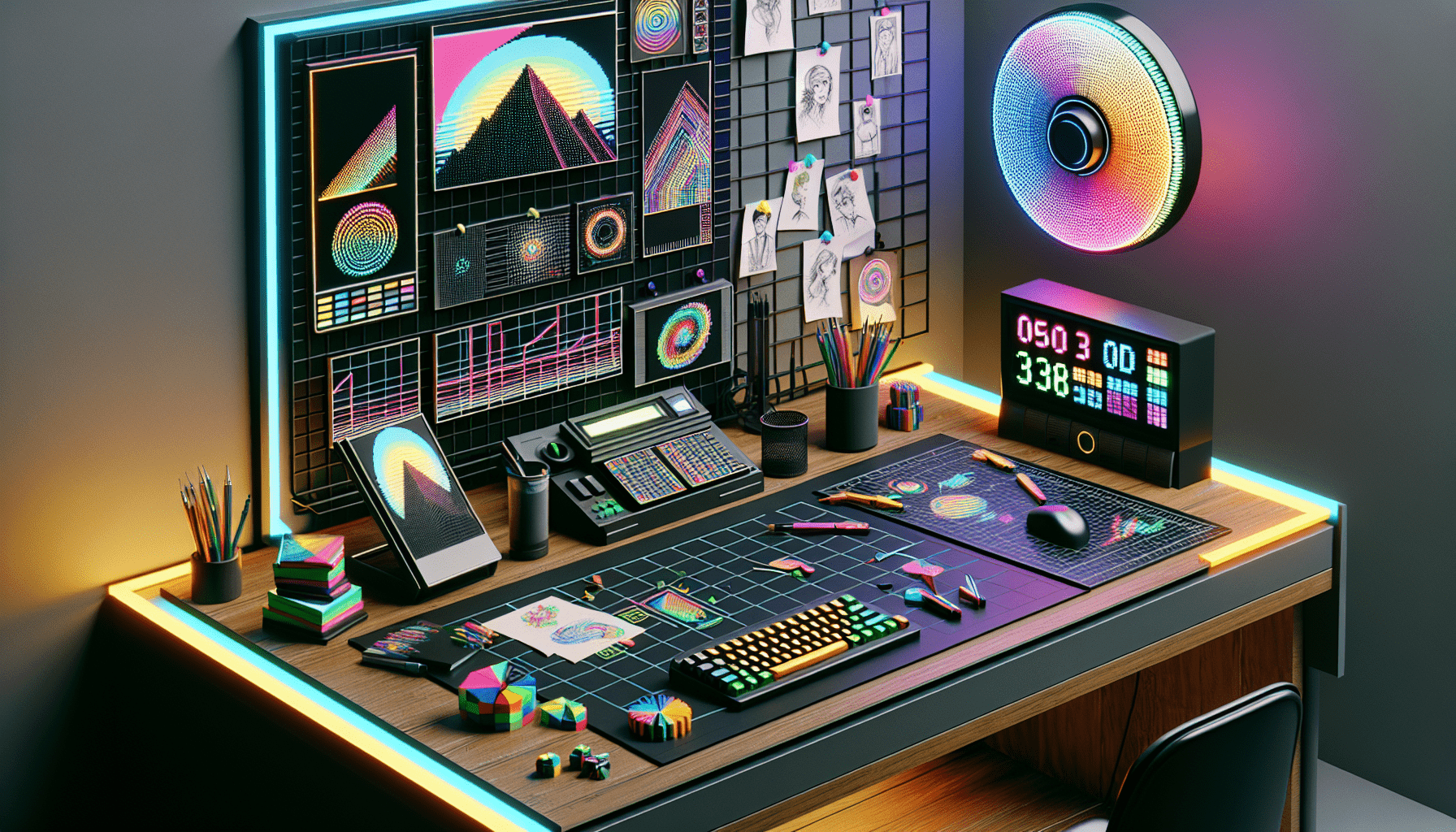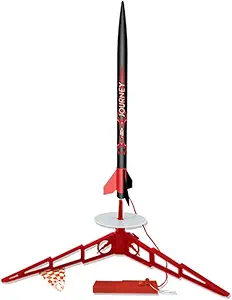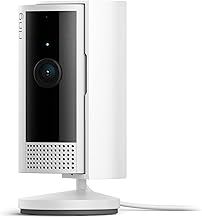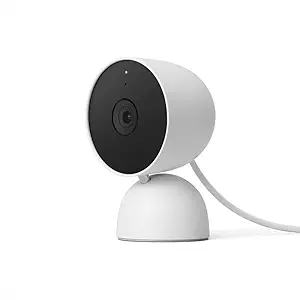In the ever-evolving world of video creation, motion prompting is a revolutionary method that has taken creative circles by storm. This intriguing technology allows creators to control video generation using motion trajectories, moving beyond the limitations of traditional text-based techniques. I can still feel that mix of skepticism and excitement wash over me when I first encountered this innovation. Could it genuinely enhance our storytelling in the dynamic ways we hope for?
Traditionally, crafting dynamic videos relied heavily on text prompts to illustrate movement. While effective in some scenarios, this approach often fails to capture the complexities of motion. For example, try to describe the elegant pirouette of a dancer or the fierce chaos of a storm solely with words—it’s a daunting task. I recall a particularly frustrating incident while working on an animation where I struggled to convey a specific sequence with just text, it was an eye-opening reminder of how limiting words can be. That experience reinforced the immense value of gesture and movement as storytelling essentials.
This is where motion prompting shines, employing a combination of sparse and dense motion trajectories. This technology enables a rich variety of motion representations and transforms our approach to generating dynamic video content. Imagine being able to create the gentle sway of leaves in a breeze or the swift ascent of an eagle, all without the cumbersome burden of detailed textual descriptions. It felt almost magical during my own experimentation with a motion prompting tool last summer—the transformations in my animations were astonishing. What used to require hours of meticulous adjustments became intuitive and flowing; a true testament to this technology’s potential.
At the heart of motion prompting is its capacity to enhance video generation models through refined motion control. An aspect that piques my interest is the focus on expanding motion prompts to allow seamless transitions between various trajectories and dynamic scenes. Whether animating a character or directing a game sequence, integrating motion prompting can lead to a more fluid representation of your creative vision. I often find myself daydreaming about how this could streamline my projects, eliminating the tedious adjustments required to achieve perfect timing. This advancement truly ignites my excitement for the future of video creation.
The merging of camera movements with scene object control is where motion prompting becomes revolutionary. Consider the implications: a creator can not only dictate character movements but also determine how the camera interacts with and captures those actions. This convergence of editing and filmmaking radically expands storytelling capabilities. Reflecting on my gaming experiences, I remember a thrilling chase scene where the camera shifted dramatically, elevating the tension beautifully. Moreover, the ability to manipulate still images with motion transfer techniques opens doors we once thought were closed. Just imagine transforming a static image into an energetic, active scene by orchestrating precise movement!
The ripple effects of motion prompting across various media industries—gaming, film, animation—are genuinely exhilarating. This technology holds the promise of stunning visual results while integrating realistic physics into the video generation process. I’ve longed for a gaming experience that feels genuinely attuned to player movements, enhancing immersion and the connection with the environment. Motion prompting seems poised to bridge that gap effectively, ushering in a more cohesive and engaging experience for players.
Ultimately, motion prompting could redefine the entire engagement landscape for creators and consumers alike. Picture a game characterized by intuitive character movements or a film that captivates audiences with lifelike animations. This isn’t merely an aesthetic upgrade; it’s about fostering deeper connections with viewers—something we in the creative community have pursued for ages. We truly stand at a crucial juncture, where the next leap in storytelling is just over the horizon.
However, like any leap in technology, we must traverse the excitement while being mindful of the hurdles it brings. The possibilities for generative models are vast, signaling an era where interactive video may well become standard, not just a novelty. Yet, we must remain vigilant to challenges such as computational demands and the ethical implications tied to these innovations. I often muse on the rapid pace of technological advancement and find myself navigating a mixture of excitement and caution regarding its impact on our craft. For our creative community, it’s vital that we prioritize ethical considerations as we embrace these advancements.
Interestingly, the researchers behind motion prompting share similar sentiments, urging us to explore a future where these technologies become ubiquitous in video production. This call to action invites creators from all disciplines to push boundaries and redefine art as we know it. I eagerly anticipate witnessing how my fellow creators harness the potential of motion prompting, crafting stories that captivate audiences in previously unimaginable ways.
Motion prompting symbolizes not just progress but a bold leap forward—one encouraging creative minds to reimagine what’s achievable. For those intrigued by this topic, I highly recommend diving into the original study titled “Motion Prompting: Controlling Video Generation with Motion Trajectories”, available here. As we peer into the future, I can’t help but feel excitement for how this technology will evolve and reshape the landscape of media as we know it. So, what’s your take? Do you believe motion prompting has the potential to revolutionize the way we create and consume media? Let’s keep this conversation flowing and explore the immense potential this technology presents. Your insights are invaluable, and together we can unravel the fascinating nuances of this captivating subject.

| Applications | Benefits |
|---|---|
| Animation | Fluid motion control without tedious adjustments |
| Video Games | Enhanced immersion through realistic character movements |
| Film and TV | Dynamic camera control for storytelling |



